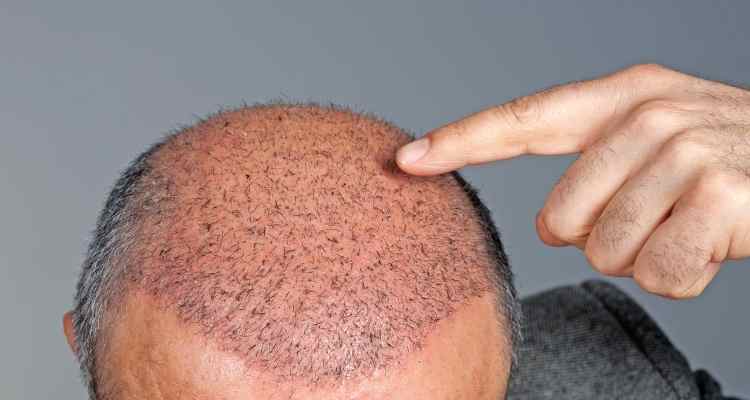Getting a hair transplant improves your self-confidence and appearance, especially if you are bald, have thinning hair, or have experienced hair loss from scalp injury or burn. Men have dominated the hair transplant surgery as hair loss is their number one body issue. There is a great demand for hair transplants. Hair restoration technology has advanced and the procedures have become more comfortable with fewer side effects. Contact a Hauppauge hair restoration and transplant specialist at Advanced Robotic Hair Restoration Centers to see how they can help you.
What causes hair loss?
Genetics could predispose you to hair loss if immediate family members have experienced hair loss. Your hormones can trigger the genes causing hair loss, and this may begin during puberty. There can be temporary hair loss caused by surgery, illness, or tragic events where the hair is expected to grow back after medication, but sometimes it becomes permanent. The hair transplant is only needed when there is a permanent hair loss or continuous thinning of the hair.
Hair Transplanting Methods
Different techniques can be used in your hair transplantation. The follicular unit transplantation (FUT) uses surgery to cover your bald spots caused by hair loss. The surgeon in FUT will cut strips of your skin from the back of your head depending on the number of follicles that will be needed to cover your bald spot. The strips are then reinserted to your scalp with thin hair. Your scalp, which is transplanted, is numbed with anesthesia so that you cannot feel the pain, as you will be awake during the surgery. Your surgeon will insert the hair follicles in such a way that will look natural. The procedure usually takes 4 to 8 hours, depending on the size of the area being worked on. After the procedure the scalp that has undergone transplantation will be bandaged.
Follicular unit extraction (FUE) is a standard procedure that is done by taking your hair follicles and implanting them to the part of your body with thin or no hair. Your surgeon will then insert the new follicles on the bald area with the help of a needle or other sharp tool. FUE replaces the old follicles with the new ones that are still able to grow. The process helps to make hair in the planted area to look thicker. It is the most effortless process as it rarely leaves traces like FUT, leaving the “hair plug” look. Your body is not at the risk of having large scars like when using FUT. Additionally, both FUE and FUT require the same time for implantation of the follicular units.
After the hair transplant, you will be required to take medications. Antibiotics will help you reduce the risk of infections, anti-inflammatory medication will keep the swelling down, and you will be given hair growth medication to enhance hair regrowth, reducing or stopping hair fall in the future.
Conclusion
FUT and FUE are effective methods for a successful hair transplant. The surgeon identifies the best hair follicular units to be used depending on the cause of the hair loss. For women, it is easier to prevent hair loss by avoiding hairstyles that damage hair follicles.

